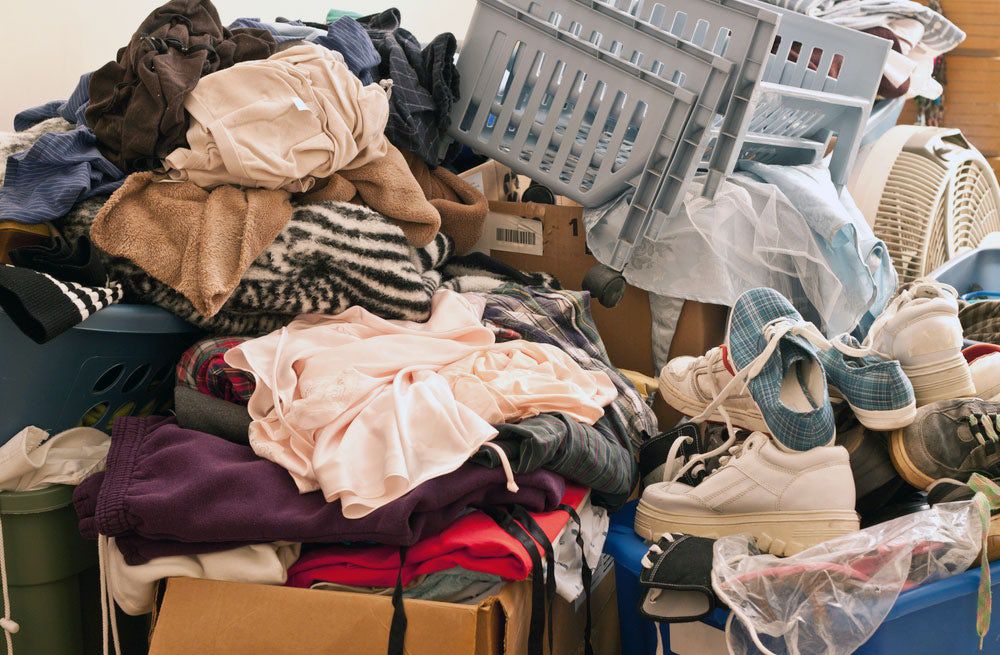
European Union governments agreed on Monday that the bloc should ban the destruction of unsold textiles, part of the EU’s green push towards reducing waste through greater reuse and recycling.
Textile consumption in Europe has the fourth highest impact on the environment and climate change after food, housing and mobility. About 5.8 million tonnes of textiles are discarded every year in the EU, approximately 11kg (24 pounds) per person, much of it put into landfill or incinerated.
The governments and the European Parliament need to agree on the Ecodesign Regulation before it can enter law. Under the initial March 2022 proposal by the European Commission, the Commission itself was to have determined at a later stage whether to put destruction bans in place.
However, the EU governments have agreed that a destruction ban on unsold clothing should apply immediately, rather than waiting for the EU executive to carry out an assessment that could have lasted three years.
Medium-sized companies, with fewer than 250 workers, would have a transition period of four years, while the smallest companies, with fewer than 50, would be exempt.
Spain, which will hold the six-month EU presidency from July, is likely to hold negotiations on the law with representatives from the European Parliament. The assembly still needs to establish its position, but it appears it may favour a ban on destroying unsold textiles and electronic appliances.
The new law would also create a new “digital product passport” showing a product’s environmental sustainability to help consumers make more informed choices.
The European Commission has said the destruction of unsold consumer products, such as textiles and footwear, is becoming a widespread problem across the EU, particularly due to the rise of online sales.
France already has an anti-waste law that bans the destruction of unsold non-food products.
By Philip Blenkinsop; Editor: Jan Harvey
Learn more:
Fashion Is Using More Raw Materials Than Ever. Not Enough Are Sustainable.
The global textiles industry is producing more than ever before, but shifts from conventional materials to lower-impact alternatives have stagnated, according to a report published Wednesday by non-profit Textile Exchange.



